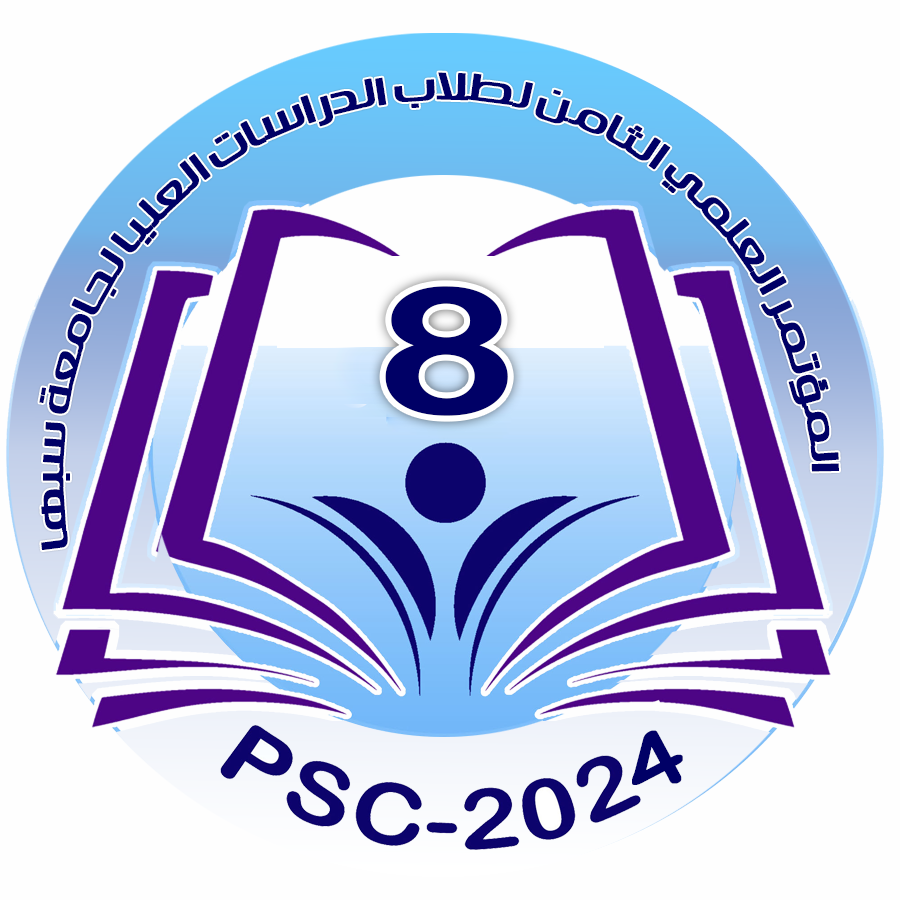Isolation and identification of two strains of mercury resistant fungi Aspergillus terreusus and Fusarium solani from soil.
Main Article Content
Abstract
The current study included isolating and identifying the fungi Aspergillus terreusus and Fusarium solani and testing their growth at different concentrations of mercury. An atomic absorption spectrometer was used to estimate mercury before and after inoculation with the isolated fungi. Several concentrations of the metal were used (25, 50, 100, 125, 150). 200 and 300 milligrams per liter) the isolated fungi were able to grow at high concentrations (200 and 300 milligrams per liter). The results showed a decrease in the rate of the tested concentrations after inoculation and incubation for seven days at a temperature of 28°C, as the highest value of mercury absorption was reached at a concentration of 125 mg/L for F. solani after the aforementioned incubation period. Through the study, it was found that the isolated fungi were similar in terms of reducing the concentration of the metal under study. Accordingly, the current study indicates that the isolated fungi can be used as biological treatment agents for soil polluted with mercury.
Article Details

This work is licensed under a Creative Commons Attribution-NonCommercial-ShareAlike 4.0 International License.
